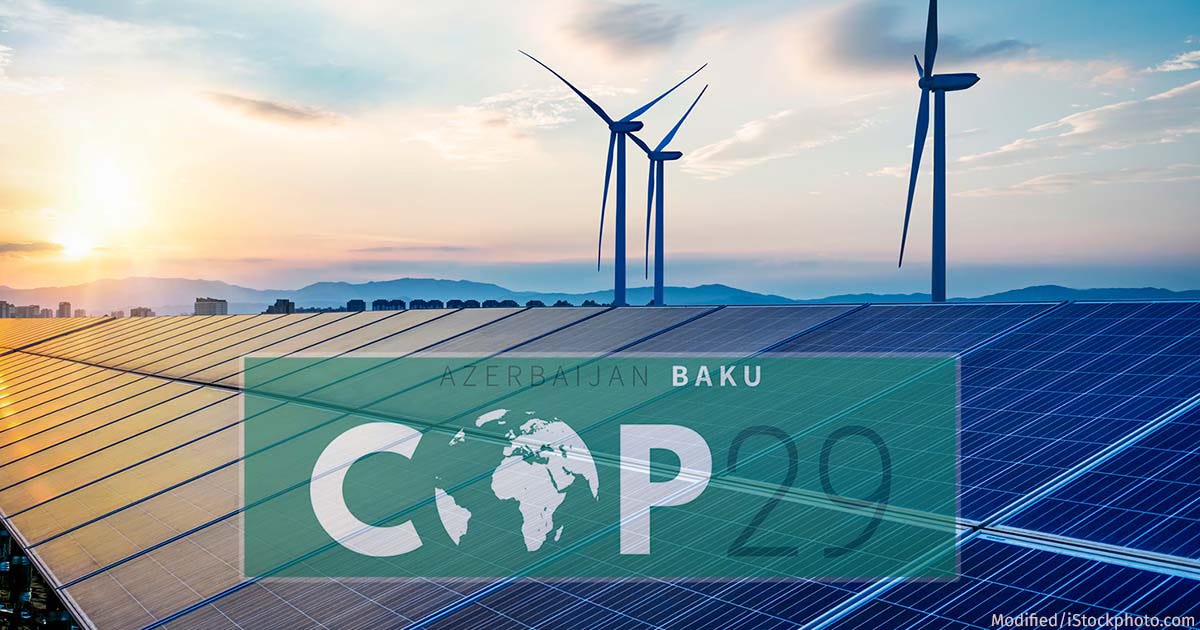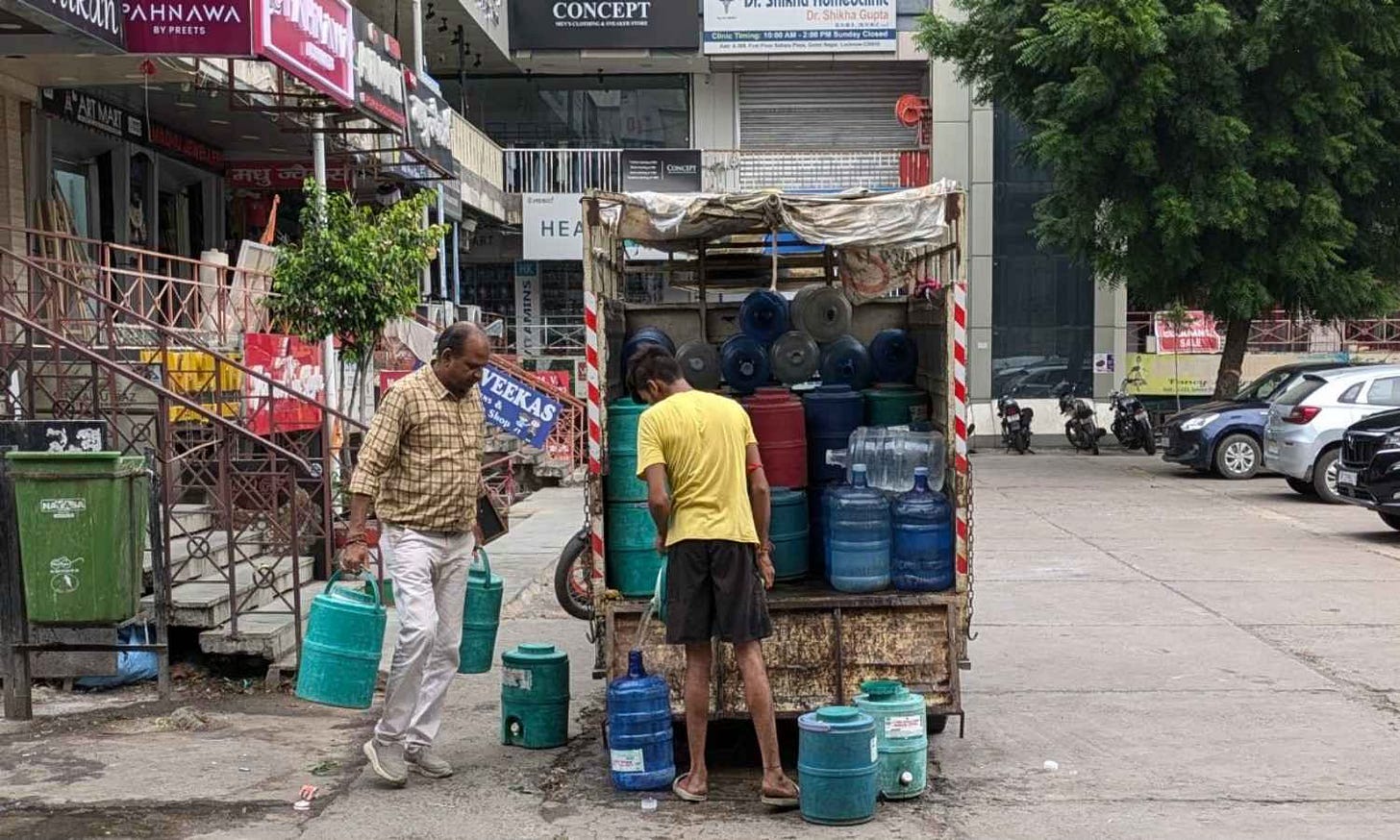Our Plastic Lives
Also this week, climate funding at this year's COP, the water woes in Lucknow and the state of mental healthcare in India
AS a society we have, it would seem, a genius for shooting ourselves in the foot. We build over our own water sources and then complain about both flooding and water scarcity. We pollute our own environment and then complain about pollution and its impact on our health. We make laws for our own benefit, and then we ignore them at our own peril. We, as our lead story this week points out, “feed on our own rot, and we live on top of our own detritus.”
Choking on plastic
A recent study estimates that India’s annual plastics emissions are in the region of 9.3 metric tonnes, or about 930,000 truckloads—the highest in the world.
All of this piles up in our landfills, seeps into the soil on which we grow the food we eat, permeates our drains and our rivers to the detriment of the quality of our groundwater, enters our seas and is ingested by the marine fauna that we then consume….
And this exacts a cost. It is estimated that mismanaged waste has become a toxic crisis that kills between 400,000 and one million people annually, in low- and middle-income countries.
In his story this week, GBSNP Varma delves into the numbers, the causes, and the consequences, of this manmade disaster, and finds that the single biggest problem as far as India is concerned is not the waste itself, but rather the fact that as a country, we are bad at waste collection and management.
The researchers behind the recent study found that India’s dumpsites outnumber sanitary landfills by 10 to 1. Though India claims that its waste collection is 95%, “there is evidence that official statistics do not include rural areas, open burning of uncollected waste or waste recycled by the informal sector.”
Read: Uncollected Waste At The Heart of India’s Plastic Crisis
Who will bell the climate-finance cat?
Another year, another edition of Conference of the Parties (COP), the supreme decision-making body of the United Nations Climate Change convention. And, as has been the norm in recent times, the key decision expected out of COP29, scheduled to be held in Azerbaijan next month, will revolve around money.
The existing agreement mandated that developed countries would provide $100 billion per year, up to 2020, to developing countries to help the latter deal with the effects of climate change in their regions and put mitigation measures in place. This promise was not kept, leading to much tension.
COP29 is supposed to be when participating countries agree on the next finance goal, which comes into effect from 2025. The theory is that with $100 billion as floor, the developed countries will raise the annual payout based on the needs of the developing countries.
Therein lies the sticking point: How much will the payout be raised by? The figure being mooted by some nations, led by India, is $1 trillion annually—but who decides the final figure? Who pays? To whom does this money go, and on what basis?
For now, all we have are questions, and the hope that COP29 will produce actionable answers. Tanvi Deshpande, who has been covering the annual COP conferences for IndiaSpend, presents an explainer that explores what lies in store in Azerbaijan.
Read: Why a New Climate Finance Goal has Countries Fighting
Elsewhere, IndiaSpend Hindi showcases two vitally important stories.
The first, by Varsha Singh, looks at how Lucknow, the capital of Uttar Pradesh, is living on borrowed water, spending today the water reserves that are intended for tomorrow—and what this means for water security in the region.
The second story for this week explores the mental health conundrum in the country. Mental health issues are trending upwards exponentially, while the facilities, and the ability of our healthcare infrastructure to cope is declining in inverse proportion to the problem. What does this mean for our mental wellbeing? Shrinkhala Pandey explores.
Be well, all; see you next week.






